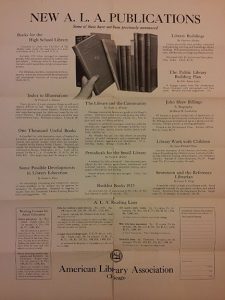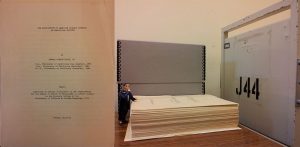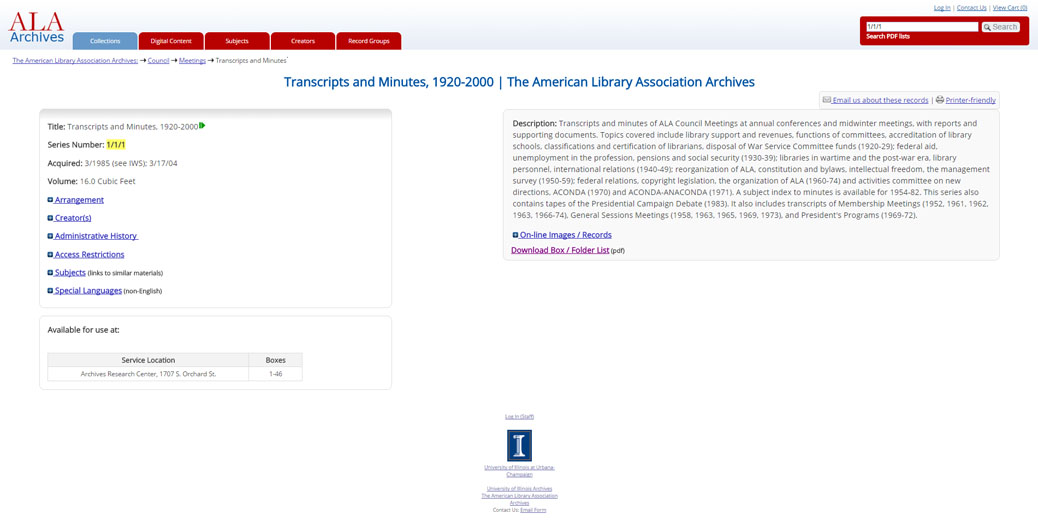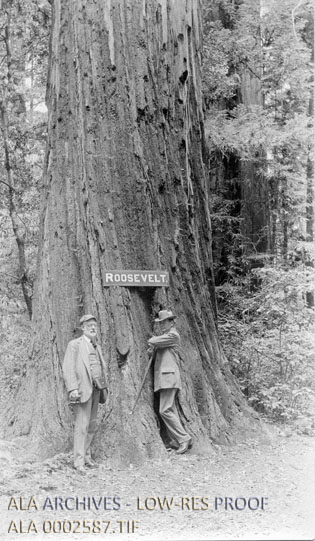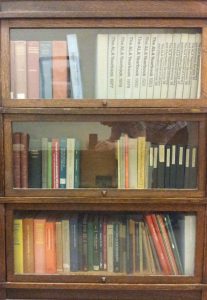This blog post is part of a series exploring the important events and people in ALA’s history for the celebration of the 150th anniversary of ALA in 2026.
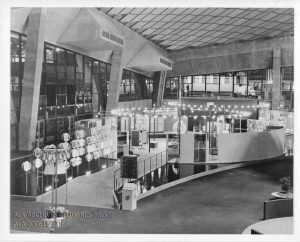
The ALA predicted the future 62 years ago in Seattle – the future of libraries, that is. They called their premonition “Library 21,” an exhibition at the 1962 World’s Fair. The “automated” library of the future would blend traditional library services with advancements in information technology. Partnered with companies including Remington Rand-UNIVAC, Xerox, RCA, IBM, and Encyclopaedia Britannica, Library 21 explored the importance of library services in daily life and how “electronics and information technology will have great impact on the methods we use for storing, retrieving, and communicating knowledge in the libraries of tomorrow.”[1]
The 9,000 square foot exhibit space was the first exhibit on the ground floor of the Washington State Coliseum, which drew large crowds during the Fair’s run from April 21 through October 21, 1962.[2] An estimated 1.8 million people visited Library 21 – almost 20% of the total attendance of the Fair.[3] Designed by Vance Jonson of Los Angeles and constructed by the firm Daniel, Mann, Johnson and Mendenhall, the exhibit structure itself was quite impressive. The futuristic exhibit consisted of two large circles connected to form a figure eight, with stairs from the second circle leading to the colorful Children’s World below. The circles were lit from above and surrounded by reflecting pools. Visitors approached via a bridge into the first circle, which included the UNIVAC computer, the Ready Reference Center, and the adult reading area. The second circle contained the Xerox Theater, Learning Resources Center, and other electronic exhibits. Continue reading “Library 21: ALA at the 1962 Seattle World’s Fair”
